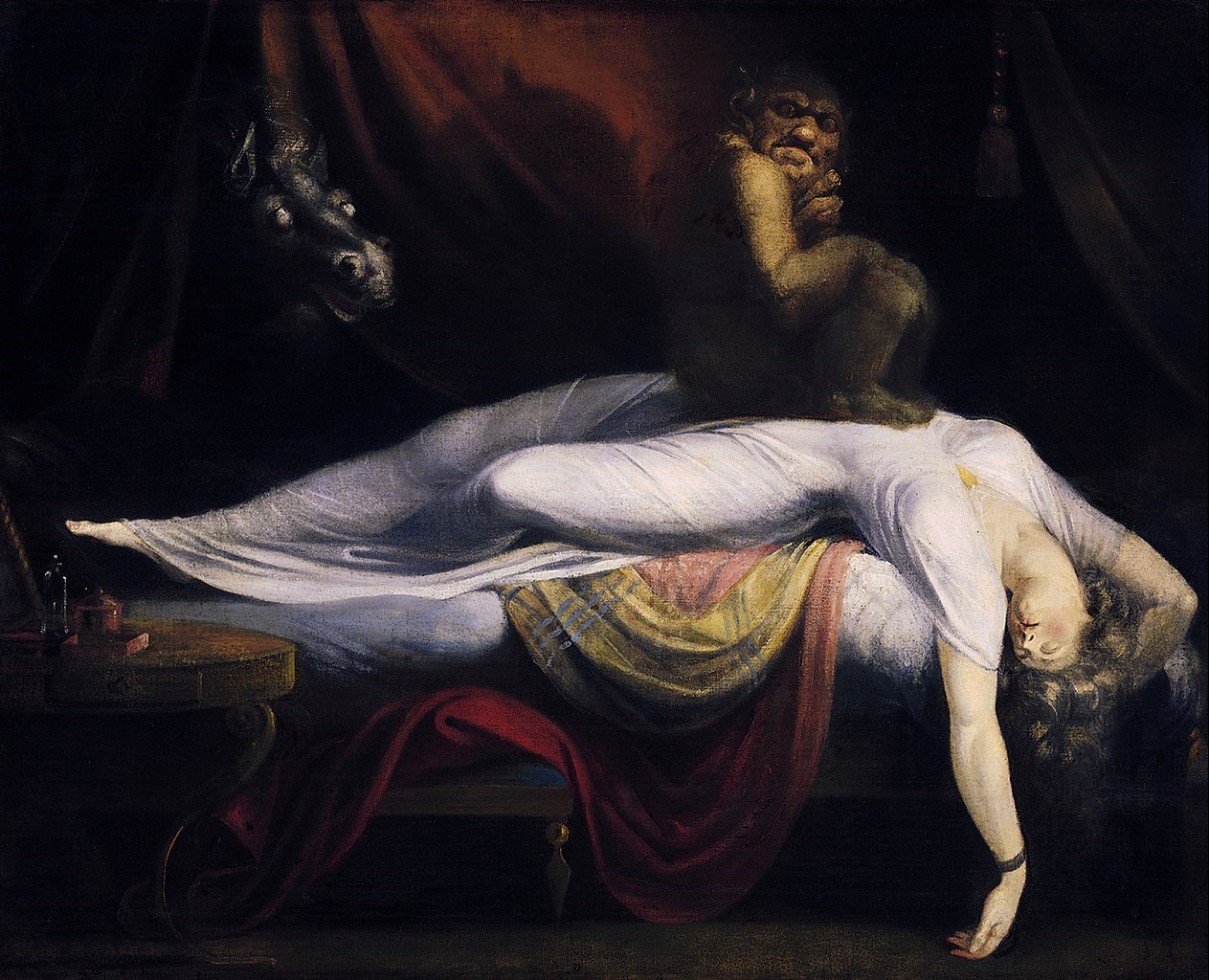Non-Western Art

EASTSIDE!!!! East Asian art has always intrigued me with its unique designs and rich cultural significance. In this blog, I’m going to look at three pieces from different parts of East Asia that highlight the region’s artistic traditions. These works include a Tibetan silk embroidery, a Chinese painting from the Qing dynasty, and a carved Japanese netsuke. Each one offers a different take on the history and culture of East Asia, but I have to say, the Tibetan silk embroidery is the piece that stands out to me the most. Tibetan Silk Embroidery: Guardian Lion (17th-18th Century) This Tibetan silk embroidery, likely created in the 17th or 18th century, showcases the rich textile tradition of Tibet. The artist, whose identity remains unknown, crafted a stunning depiction of a guardian lion, or snow lion, a powerful symbol in Tibetan culture representing strength and protection. The lion is surrounded by swirling clouds and flames, all meticul...





